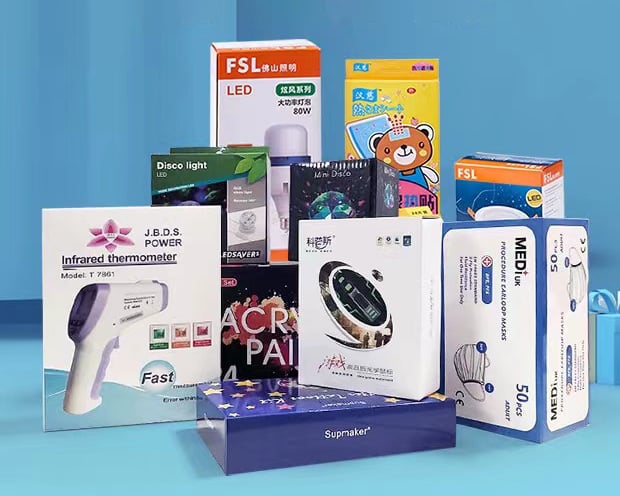Customizing folding cartons is an art that marries functionality with aesthetic precision, turning simple paperboard into a compelling story about your brand. These cartons serve as a pivotal touchpoint, offering brands the opportunity to make a powerful statement on the retail shelf.
As versatile vessels for your products, folding cartons do more than protect; they communicate your brand’s promise and values. This comprehensive guide will lead you through the essential steps to customize your folding cartons, ensuring they capture your brand essence and engage your target audience effectively.
Overview of Folding Cartons
Folding cartons are a mainstay in packaging for a myriad of products, ranging from household essentials to luxury items. Their versatility and cost-effectiveness make them an attractive option for businesses looking to package their goods with efficiency and style.
What Are Folding Cartons?
Folding cartons are constructed from paperboard, crafted to be assembled by folding along scored lines, and secured to maintain their structure. This efficient design allows for easy assembly and disassembly, which is conducive to both storage and shipping logistics.
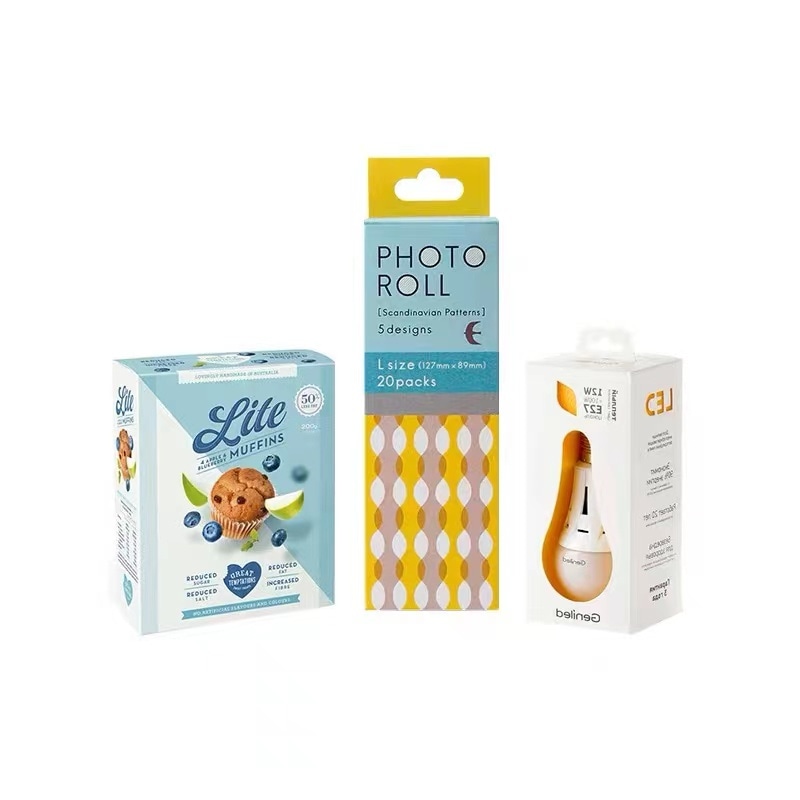
Core Features of Folding Cartons: Aesthetic, Versatile, Eco-friendly
Folding cartons stand out in the packaging industry for their unique combination of aesthetic appeal, versatile design, and eco-friendly attributes:
Aesthetic Appeal
With high-quality print capabilities, folding cartons offer a canvas that brings your brand to life. Glossy finishes, vibrant colors, and crisp graphics are all within reach, ensuring that each package is as visually appealing as it is protective.
Versatility
The adaptive nature of folding cartons allows for a wide range of shapes, sizes, and styles. Whether it’s a straight tuck end for pharmaceuticals or a complex gable top for consumer goods, folding cartons can accommodate.
Eco-friendliness
Recognizing the importance of sustainability in modern packaging, folding cartons often utilize renewable materials and are designed for recyclability. This commitment to the environment doesn’t compromise on quality but rather enhances the brand’s reputation among eco-conscious consumers.
Diverse Applications of Folding Cartons: Fashion, Beauty, and Beyond
Folding cartons are utilized across a spectrum of industries, particularly where presentation and brand perception are key:
Fashion and Apparel
In the world of fashion, first impressions matter. Folding cartons provide an elegant and protective way to package apparel and accessories. They can be customized to mirror the sophistication of the items within, from luxury watches to boutique clothing.
Beauty and Personal Care
For cosmetics and skincare products, folding cartons are not just containers but a part of the customer experience. They serve as an extension of the brand, capable of conveying luxury, organic ethos, or any brand story.
Food and Beverage
With options for food-safe coatings and structures, folding cartons safeguard quality and extend shelf life while offering ample branding space for marketing.
Healthcare and Pharmaceuticals
Precision, safety, and compliance are critical. Folding cartons can be designed to meet stringent industry standards, providing clear information and secure packaging for medical products.
In each application, folding cartons can be tailored to the specific needs and branding requirements of the product, making them a versatile choice for businesses looking to make a strong impression on the shelf.
This versatility is exemplified in the range of box styles available, each with its unique features and benefits.
Box Styles for Folding Cartons
Folding cartons come in a multitude of styles, each suited to different product types and branding strategies. Here’s a detailed look at the most common configurations, particularly tube and two-piece styles, along with some niche options
1. Tuck End Boxes
A tuck end box is a standard style where flaps on the top and bottom can be tucked into the box, providing a secure closure. It’s a versatile design that can be easily assembled and is suitable for a wide range of products.

Variations of Tuck End Boxes
Straight Tuck End (STE): The top and bottom flaps tuck from the same direction, offering a clean and consistent look, ideal for showcasing products with a window.
Reverse Tuck End (RTE): The top and bottom flaps tuck from opposite directions, which can be more economical in terms of material usage and is often used for lighter-weight items.
Tuck End with Auto Bottom: Also known as a snap-lock bottom, this design allows for quick and easy assembly with a bottom that automatically locks into place.
Tuck End with Lock Bottom: Offers a more secure bottom closure, suitable for heavier items.


Special Features and Add-Ons
To elevate the utility and allure of folding cartons, special features and add-ons can be introduced. Below are some key enhancements:
Hooks: Boost visibility and convenience in retail display settings.
Security Buckles: Provide tamper evidence and secure closure.
Interlocking Buckles: Increase structural integrity and security.
Neck Holders: Stabilize and protect products with necks during transit.
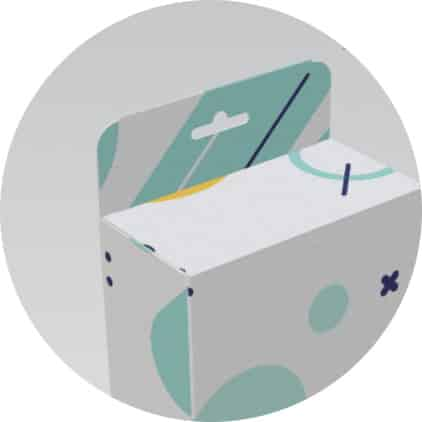

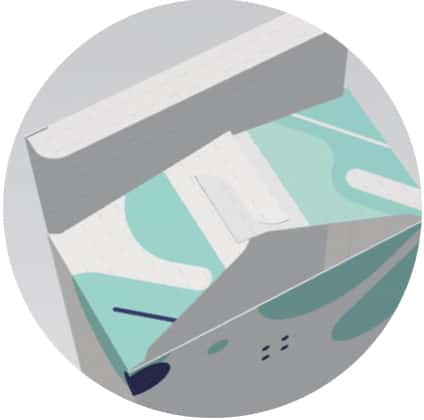

2. Sleeve and Tray Boxes
Sleeve and tray boxes are distinguished by their two-part design: a protective outer sleeve and a slide-out inner tray. The sleeve serves as a canvas for creative branding and intricate designs, providing a visually stunning first impression. The tray, designed to fit perfectly within the sleeve, ensures the product is held securely in place.

The sleeves often feature finger notches at both ends, facilitating easy access to the tray’s contents. The trays themselves can be engineered with an 8mm to 1cm recess between double walls, enhancing their sturdiness and reinforcing the packaging’s premium feel.
This packaging style is particularly suited for items that command a sophisticated presentation. They are a popular choice for high-end confectionery, luxury cosmetics, or other boutique items.
3. Double Wall Lid & Base Boxes
The double wall lid & base boxes exude luxury, providing robust protection and a superior unboxing experience. They are crafted from a single piece of paperboard that is folded to create a double-walled structure for both the lid and base, negating the need for adhesive.

Similar to sleeve and tray boxes, the lid can incorporate nail notches on the bottom of two opposing sides, which simplifies the opening process. The base can also feature a recessed area to further enhance the box’s durability.
These boxes are an exceptional choice for presenting apparel, delicate gift items, or any product where an elevated packaging experience is desired.
Material Choices for Folding Cartons
The material selected for folding cartons is not just a backdrop for your design but a critical component that reflects the brand’s values and commitments, especially towards sustainability and quality. Here’s a closer look at the variety of materials available for crafting folding cartons:
Paperboard Types
In the realm of folding carton materials, your selection is pivotal in manifesting your brand’s aesthetic and ethical considerations. The choice spans from glossy finishes for high-impact visuals to sturdy uncoated options emphasizing eco-friendliness.
Coated One Side (C1S): This paperboard is coated on one side to provide a smooth surface for high-quality printing and uncoated on the other side, often with a slightly yellowish tint due to its natural wood fiber content. It’s ideal for a variety of packaging applications where good printability on the face and a natural look on the back are desired.

Solid Bleached Sulfate (SBS)/Solid Bleached Board (SBB): Known for its superior surface for high-end graphics and strength for product protection, SBS/SBB is a premium paperboard. Its clean, white appearance on both sides lends itself well to luxury packaging for cosmetics, electronics, and fine confections. The cost is higher due to the bleaching and refining process of the fibers, but it offers a high-quality touch to packaging.
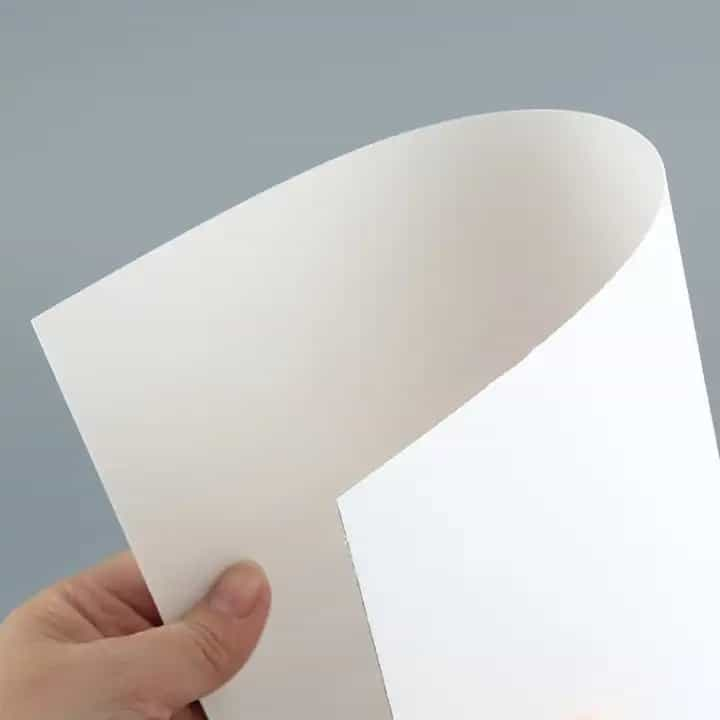
Clay-Coated News Back (CCNB): With a clay-coated top layer for crisp printing and a recycled news back layer, CCNB is a more cost-conscious choice. Its recycled content makes it a greener choice, suitable for less premium products that still require quality printing.
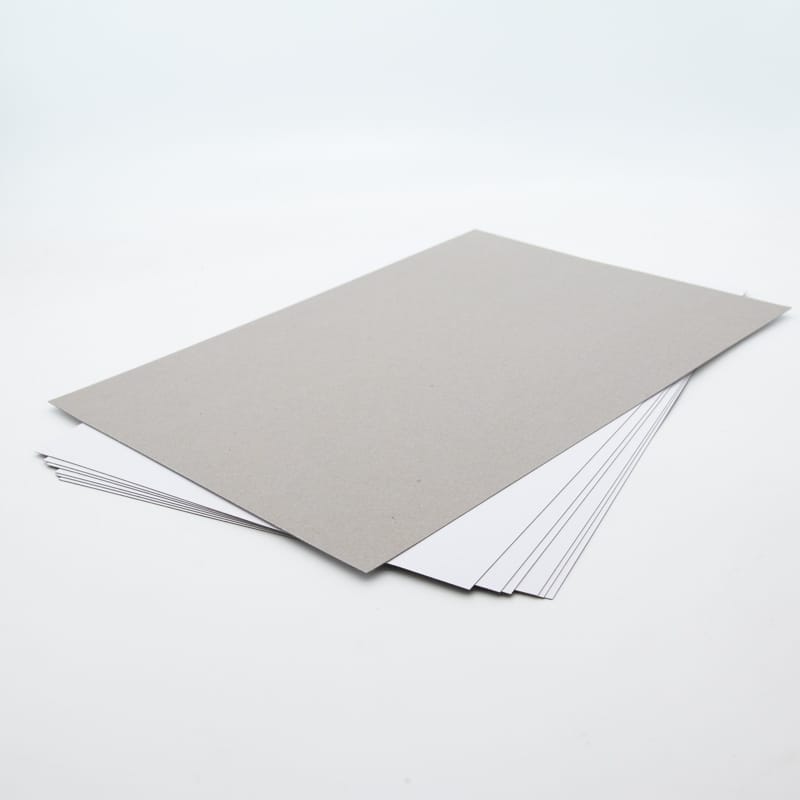
Kraft Cardboard: Offered in its natural brown state or bleached to a clean white, kraft cardboard is valued for its durability and eco-friendly profile. Natural kraft cardboard is less expensive and gives an organic, rustic vibe, whereas white kraft provides a clean slate for vibrant printing but at a slightly higher price point due to the bleaching process.


Sustainable Options
Recycled Materials: Utilizing recycled content not only supports sustainability initiatives but also resonates with environmentally conscious consumers.
Certified Papers: Papers certified by the Forest Stewardship Council (FSC) or similar organizations ensure that the materials come from responsibly managed forests.
Biodegradable Coatings: Innovations in biodegradable coatings are enabling brands to maintain a high-quality finish without compromising their eco-friendly ethos.
Functional Considerations
Thickness and Weight: Typically, folding cartons use paperboard within the 250-400gsm range, offering a spectrum of protection levels. The chosen gram per square meter (gsm) should correspond with the product’s weight and the level of protection required, balancing sturdiness with cost efficiency.
Finish Compatibility: Certain materials pair better with specific finishes and treatments, such as matte or glossy coatings, which can enhance the tactile and visual experience.
Creating Your Brand’s Folding Carton
With an understanding of the diverse materials at our disposal, the next step is to craft a folding carton that not only holds your product but tells its story. This begins with thoughtful design considerations.
Design Considerations
Your folding carton is more than a container; it’s a storyteller. Crafting this narrative involves a strategic blend of design elements:
Style & Identity: Ensure every element, from the box style to the color palette and typography, aligns with your brand identity. It should reflect the brand’s personality and appeal to your target audience.
Material Selection: Choose a material that not only suits your product but also represents your brand’s values, such as eco-friendliness or luxury.
Precision in Dielines: Accurate dielines ensure that the die-cutting process will produce crisp, clean edges and folds, essential for a professional look and a seamless assembly.
Finish and Texture
The tactile feel of your packaging can be as influential as its look. Consider these finishing touches:
Lamination: Gloss or matte lamination not only protects the packaging but also adds a tactile dimension.
Textures: Embossing, debossing, and specialty inks can create a unique sensory experience.
Foil Stamping & Varnishes: These can accentuate logos, brand names, or other design elements, adding a hint of sophistication and shine.

Innovative Add-Ons
Add-ons should serve a purpose, enhancing both the design and the consumer experience:
Windows & Cut-Outs: Offer a glimpse of the product inside, adding to the allure and transparency.
Handles: For practicality, ensuring convenience in transportation.
Tear-Away Designs: For easy access, adding an interactive component to the unboxing experience.

Through careful selection of design elements, finishes, and innovative add-ons, we construct a packaging experience that resonates with customers. This comprehensive approach culminates in folding cartons that are not just packaging, but a pivotal chapter in your brand’s narrative.
Conclusion
Folding cartons are a critical touchpoint in the customer journey — they are the first physical interaction a customer has with your brand. Thoughtfully designed folding cartons can elevate this experience, leaving a lasting impression and fostering customer loyalty.
TopGiftBoxes collaborates closely with businesses to develop bespoke folding carton solutions that resonate with brands and their audience. Let’s connect to craft packaging that not only encapsulates your product but also amplifies your brand story.

